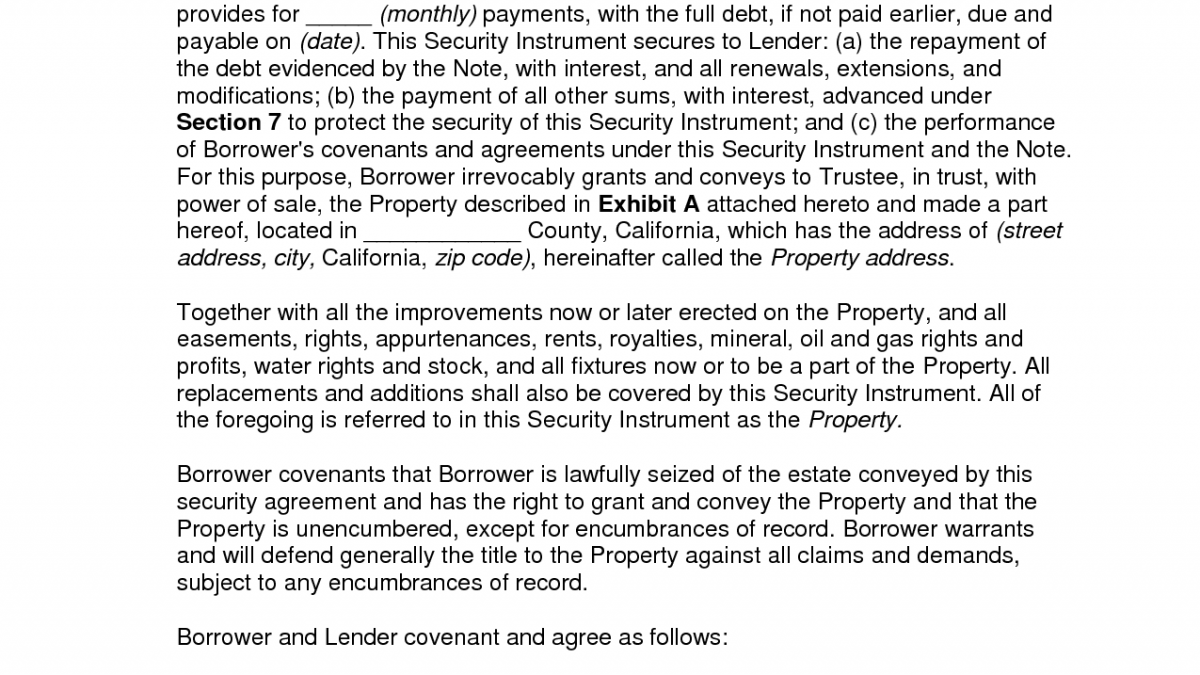Certified Short Sale Negotiator Explains Deed Of Trust VS Mortgage

California is a Deed Of Trust State - Explanation
As a Sacramento Short Sale Expert and Certified Short Sale Negotiator, I have grown to love this Real Estate market and running a successful Short Sale Business. One of the most enjoyable things about my business is working with and teaching homeowners and home buyers on the market and the housing economy. I’m constantly educating sellers and buyers how California’s Deed of Trust works:
Deed Of Trust VS Mortgage; Mortgage vs. Deed of Trust:
There are two basic documents that can be used to establish the security for the loan: a mortgage or deed of trust. Most states require a mortgage but in California, we use a deed of trust. Mortgages and deed of trust differ in both terminology and the manner and the way they enforce repayment of the loan in the event of a default.
Not just you and the bank- It’s a three-party Transaction!
A valid mortgage only requires two parties: a borrower (purchaser of the property) and lender (bank, credit union etc or even a business or person providing a loan). In order to have a valid deed of trust, three parties are required: a trustor, beneficiary and trustee. The deed of trust will be signed by the trustor and the beneficiary and trustee will be specifically identified in the document.
1. Trustor
The trustor under a deed of trust is synonymous with a borrower under a mortgage: that is, the buyer or owner is using the property to secure repayment of a loan or other obligation. In order to be valid, the trustor must sign the deed of trust in the presence of a notary public and file the document with the County recorder in the county where the property is located. The deed of trust then becomes a lien against the property.
2. Beneficiary
Every deed of trust names a beneficiary who receives the deed of trust in exchange for having provided some sort of benefit to the trustor. The deed of trust will also identify the basic terms required to satisfy the beneficiary’s repayment requirements. In the case of a purchase money loan, this will include the loan terms, such as the principal, interest rate, payment schedule and due date. A deed of trust can also be used in the case of an obligation such as a bail bond, where the deed of trust will specify the court proceedings and who is required to comply with the court order to appear for trial or other appearances.
3. Trustee
An important difference between a mortgage and deed of trust is the inclusion of a trustee in the deed of trust. Although the trustee is usually a title company or other professional trustee, it can be any individual or business entity agreed upon between the trustor and beneficiary. If the trustor is diligent in complying with the terms of the deed of trust, the trustee does nothing more than act as the holder of legal title to the property and, as such, does not have an obligation to perform any specific actions. In states where deeds of trust are commonly used, title companies provide pre-printed deed of trust forms with the title company’s name inserted as trustee.
Power of Sale
The essential difference between a mortgage and deed of trust is that the deed of trust contains the power of sale; or the ability of the trustee to sell the property to repay the loan or other obligation without having to go to court. If a borrower defaults on a mortgage, the lender must file a lawsuit to force the sale of the property to repay the debt. If a trustor defaults in performing any repayment terms, the beneficiary has the right to instruct the trustee to sell the property, called a non-judicial foreclosure. This remedy is desirable because it can be completed in less time than a lawsuit and is less expensive.
More questions: Contact us Today At Forth Hoyt’s Sacramento Short Sale Center
Got a lot of this info from an article: Deed of Trust Terminology.
More questions: Contact us Today At Forth Hoyt’s Sacramento Short Sale Center
Got a lot of this info from an article: Deed of Trust Terminology.
Related posts
March 5, 2022




